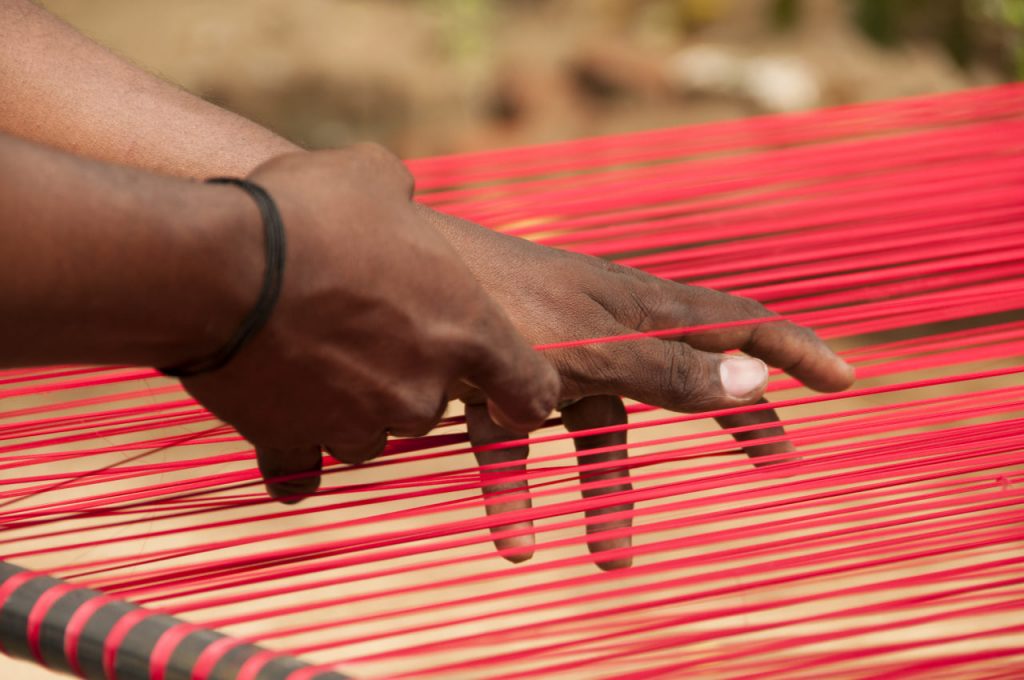In an age where speed and technology dominate our lives, traditional weaving stands as a powerful symbol of heritage, patience, and artistic expression. Across continents and centuries, weaving has connected communities, preserved histories, and provided livelihoods — all through the simple interplay of thread and rhythm.
A Global Language of Threads
From the intricate ikat of Indonesia and the vibrant kente of Ghana, to the complex tapestries of Peru and the geometric patterns of Navajo textiles, traditional weaving reflects not only aesthetic beauty but deep cultural identity. Each thread often holds meaning — a color symbolizing the land, a pattern telling a story, or a technique passed down from generation to generation.
What’s fascinating is how different cultures, often thousands of miles apart, developed their own weaving styles that mirrored the values, beliefs, and environments they lived in. In many indigenous societies, weaving is more than a craft — it’s a rite of passage, a spiritual act, or even a language in itself.
Weaving as Resistance and Revival
In many regions, weaving became a form of silent resistance. During colonization, industrialization, and war, artisans held on to their traditions as a way to assert their identity and autonomy. Today, there’s a powerful movement among young weavers and artists to bring traditional weaving back into the spotlight — not just for nostalgia, but for sustainability, ethics, and artistic integrity.
Workshops, cultural centers, and courses like Traditional Weaving Class are part of this global revival. They offer not just skills, but reconnection — to nature, to cultural memory, and to oneself.
Learning More Than Technique
When students begin weaving, they often come for the practical know-how: how to set up a loom, how to follow a pattern, how to choose the right yarn. But what they often discover is something much deeper — a meditative practice, a respect for the past, and a connection to countless generations before them.
Traditional weaving isn’t just about making cloth. It’s about remembering stories, preserving beauty, and passing down wisdom that can’t be found in books.

